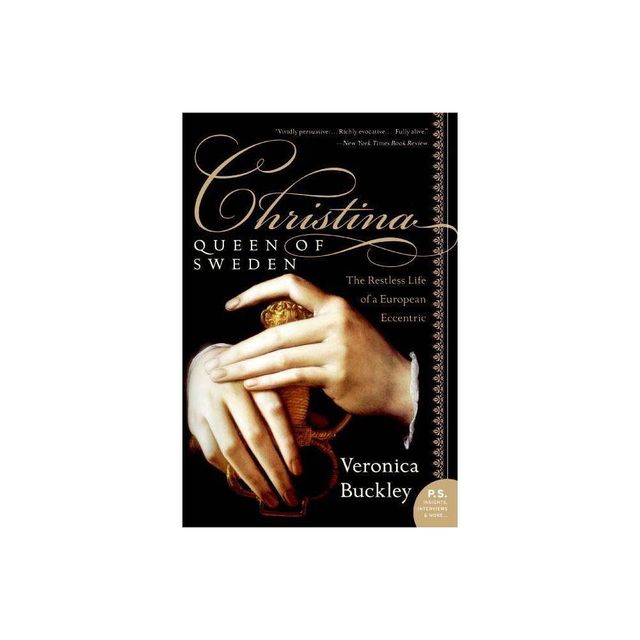Home
The Queen Danced Alone: Court Ballet in Sweden during the Reign of Queen Christina (1638-1654)
Loading Inventory...
Barnes and Noble
The Queen Danced Alone: Court Ballet in Sweden during the Reign of Queen Christina (1638-1654)
Current price: $88.00


Barnes and Noble
The Queen Danced Alone: Court Ballet in Sweden during the Reign of Queen Christina (1638-1654)
Current price: $88.00
Loading Inventory...
Size: OS
*Product Information may vary - to confirm product availability, pricing, and additional information please contact Barnes and Noble
Queen Christina of Sweden danced herself in the ballets she promoted. From the beginning of her personal rule until her abdication (1644-1654) court ballet was Christina's privileged medium of political propaganda.
The Queen Danced Alone
is the first monograph on court ballet during Christina's reign that offers an in-depth analysis of all extant libretti and performances. Based on unstudied and unpublished sources
offers a survey of participants in the production and performances - authors, dancers, musicians, artists - as well as the arts involved: dance, music, poetry, set design and costumes. Christina's patronage is especially evident in the heroic motives of the ballets. Her self-fashioning through the parts of the goddesses Diana and Pallas mirrored her role as a young, unmarried and learned monarch and aimed at liberating her from the expectation of providing an heir to the throne. The praise of virtues such as self-control and chastity represented her as a superior being devoted to wisdom. Christina's ballets supported her most important aim: independence.
The Queen Danced Alone
is the first monograph on court ballet during Christina's reign that offers an in-depth analysis of all extant libretti and performances. Based on unstudied and unpublished sources
offers a survey of participants in the production and performances - authors, dancers, musicians, artists - as well as the arts involved: dance, music, poetry, set design and costumes. Christina's patronage is especially evident in the heroic motives of the ballets. Her self-fashioning through the parts of the goddesses Diana and Pallas mirrored her role as a young, unmarried and learned monarch and aimed at liberating her from the expectation of providing an heir to the throne. The praise of virtues such as self-control and chastity represented her as a superior being devoted to wisdom. Christina's ballets supported her most important aim: independence.

















